President Donald Trump met in Tokyo with Japan’s newly elected prime minister for leader-level talks focused on trade and security. The session took place at the state guest facility used for high-level diplomacy and followed a brief protocol segment with press before moving to a closed meeting.
Senior officials from both governments participated in the expanded format. The U.S. side included representatives responsible for trade policy, national security, and economic coordination. Japan’s delegation comprised foreign, defense, and economy officials, reflecting a dual agenda that paired market access and supply chains with alliance posture.
Both leaders framed the meeting as an early opportunity to align priorities at the start of the new Japanese administration. They emphasized continuity in the U.S.–Japan alliance alongside a practical work plan to translate broad commitments into agency actions and timelines.
Trade and Economic Agenda
Discussions on trade centered on tariff schedules, non-tariff measures, and sector-specific cooperation. Working teams reviewed areas where regulatory alignment and standards recognition could reduce friction for goods and services moving between the two markets.
Semiconductors and other advanced manufacturing inputs featured prominently. The two sides outlined priorities around fabrication capacity, equipment supply, and resiliency measures aimed at reducing single-point dependencies in critical nodes of the supply chain. Officials also noted the importance of trusted vendor frameworks and export screening to protect sensitive technologies while maintaining commercial flows.
Energy and agriculture were treated as near-term levers for measurable progress. On energy, the conversation focused on shipments and infrastructure needs associated with liquefied natural gas and related logistics. On agriculture, officials examined import volumes, seasonal timing, and inspection regimes intended to streamline trade while meeting each side’s safety standards.
Automotive market access and consumer preferences were acknowledged as long-running issues. The leaders tasked their teams to continue technical talks that address certification, safety, and labeling in ways that facilitate competition and consumer choice. A parallel discussion covered digital trade, including data transfer rules and cybersecurity baselines that support cross-border services without compromising security.
Security and Regional Coordination
Security talks focused on the alliance’s deterrence posture in the Indo-Pacific and the practical steps that maintain readiness. Officials reviewed ongoing and scheduled exercises, logistics arrangements, and information-sharing procedures that link U.S. and Japanese commands.
Missile defense integration, maritime domain awareness, and rapid operational communications were highlighted as priority areas. The meeting also covered posture planning, including coordination on deployments and maintenance cycles that shape day-to-day presence in surrounding waters and airspace.
The leaders reiterated that the alliance is defensive in purpose. They confirmed that updates to planning documents would reflect current conditions in the region and would be implemented through existing bilateral mechanisms. Defense and foreign affairs counterparts will issue follow-on guidance to align exercise calendars, procurement timelines, and interoperability milestones.
Public Messaging and Diplomatic Optics
Public remarks were brief and consistent: both sides underscored the strength of the alliance, the importance of predictable trade rules, and the intent to move quickly on concrete items. The protocol sequence—arrival, handshakes, flags, and opening statements—was followed by a smaller, note-taker session and a working lunch focused on the economic track.
Officials highlighted the role of private investment alongside government frameworks. Business roundtables scheduled around the visit were designed to match potential projects with financing tools and regulatory pathways, particularly in energy infrastructure, advanced manufacturing, and logistics. The leaders emphasized transparency and verification, indicating that progress would be measured by published work plans, signed documents, and visible activity rather than general statements.
The meeting also acknowledged the broader regional calendar. Coordination among allies and partners remains a standing item, with attention to export controls, technology safeguards, and supply-chain diversification that align with existing international arrangements.
Deliverables and Next Steps
The outcome of the meeting is a structured set of tasks split across economic and security tracks. On the economic side, trade officials will draft options that pair tariff or regulatory steps with sector annexes. Those annexes are expected to include project scopes, indicative timelines, and points of contact, along with monitoring provisions to track implementation.
For critical inputs such as semiconductors and key minerals, agencies will prepare scoping papers that map sourcing, processing, and stockpiling options. These papers will align with existing screening regimes to ensure that supply-chain resilience measures complement technology-protection requirements. Digital-trade teams will refine language on data flows and cybersecurity baselines, supported by technical consultations between regulators.
On the security side, defense and foreign ministries will update exercise schedules and information-sharing arrangements. The guidance will set milestones for combined training, interoperability goals in air and maritime operations, and mechanisms to evaluate readiness. Posture reviews will continue through established channels, with periodic briefs to leadership on progress and any required adjustments.
Both sides indicated that early deliverables would take the form of memoranda, implementation notes, and updated guidance rather than comprehensive treaties. This approach is intended to allow rapid progress on discrete, agreed items while more complex questions continue in negotiation.
In practical terms, the next indicators to watch are the publication of agency work plans, announcements of specific commercial projects in the identified sectors, and the release of exercise schedules that reflect the updated priorities. The leaders closed the meeting by instructing their teams to maintain momentum and to provide an initial progress report within the near term, ensuring that the trade and security tracks move in tandem and remain synchronized with the broader regional agenda.

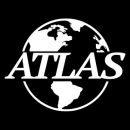


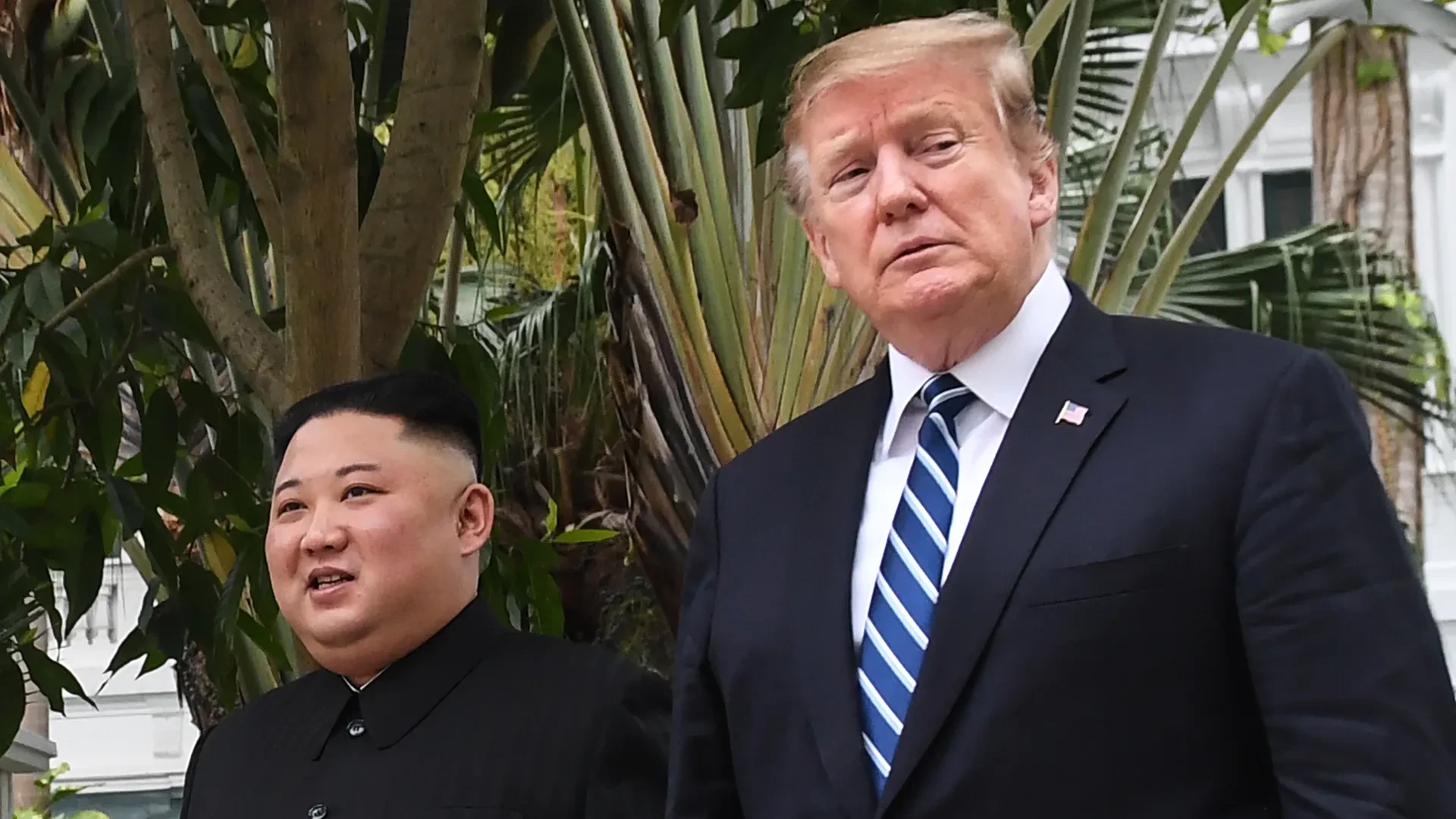

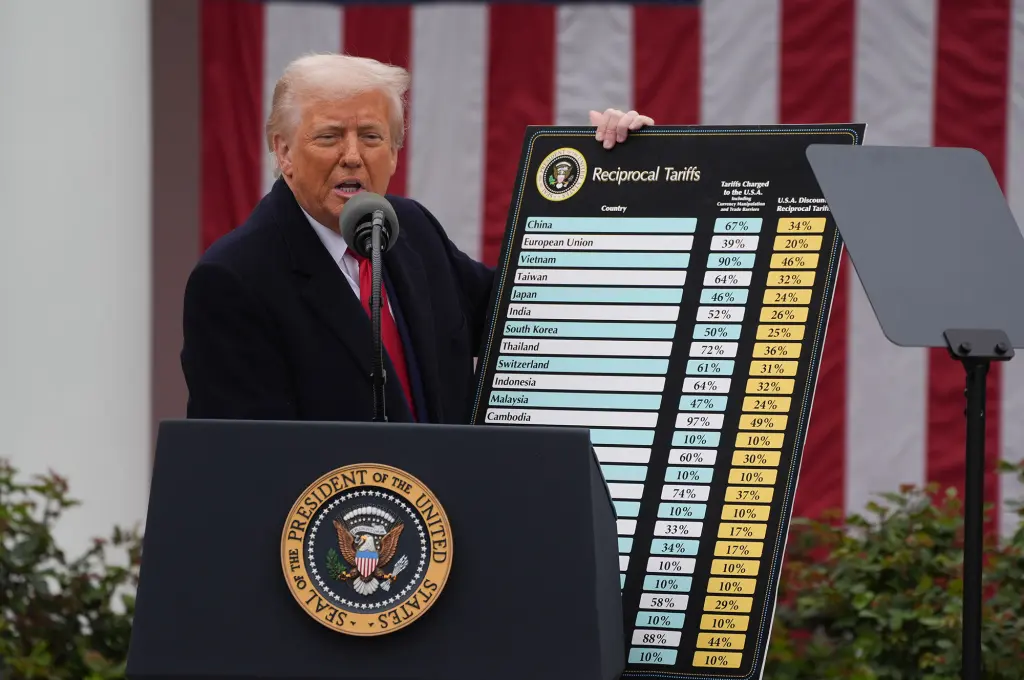

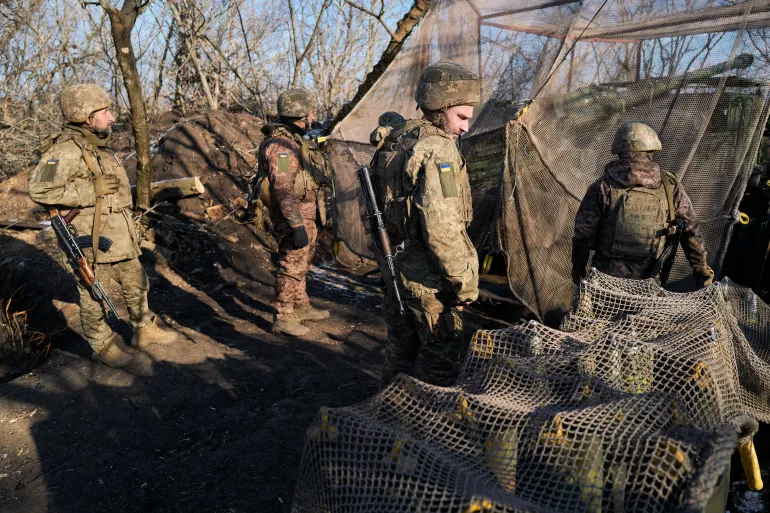

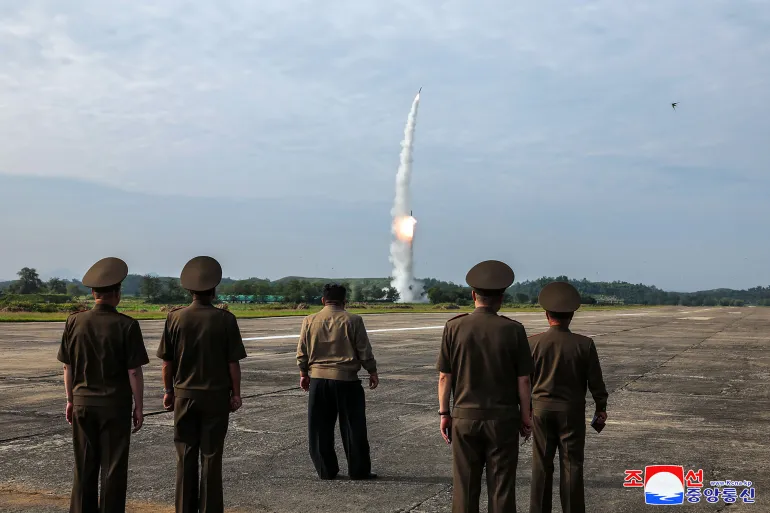


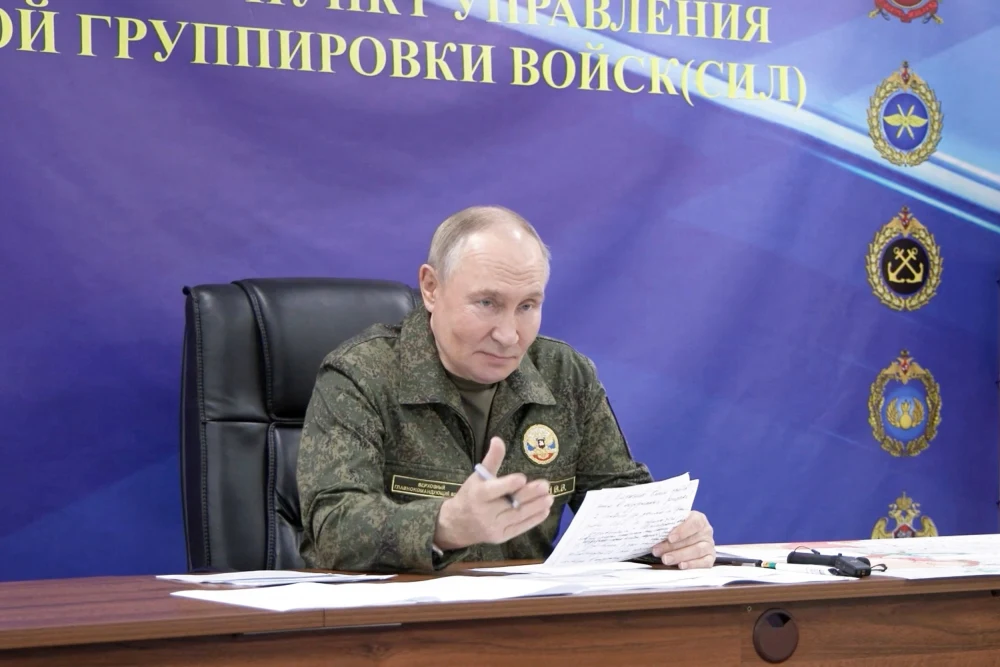
Discussion